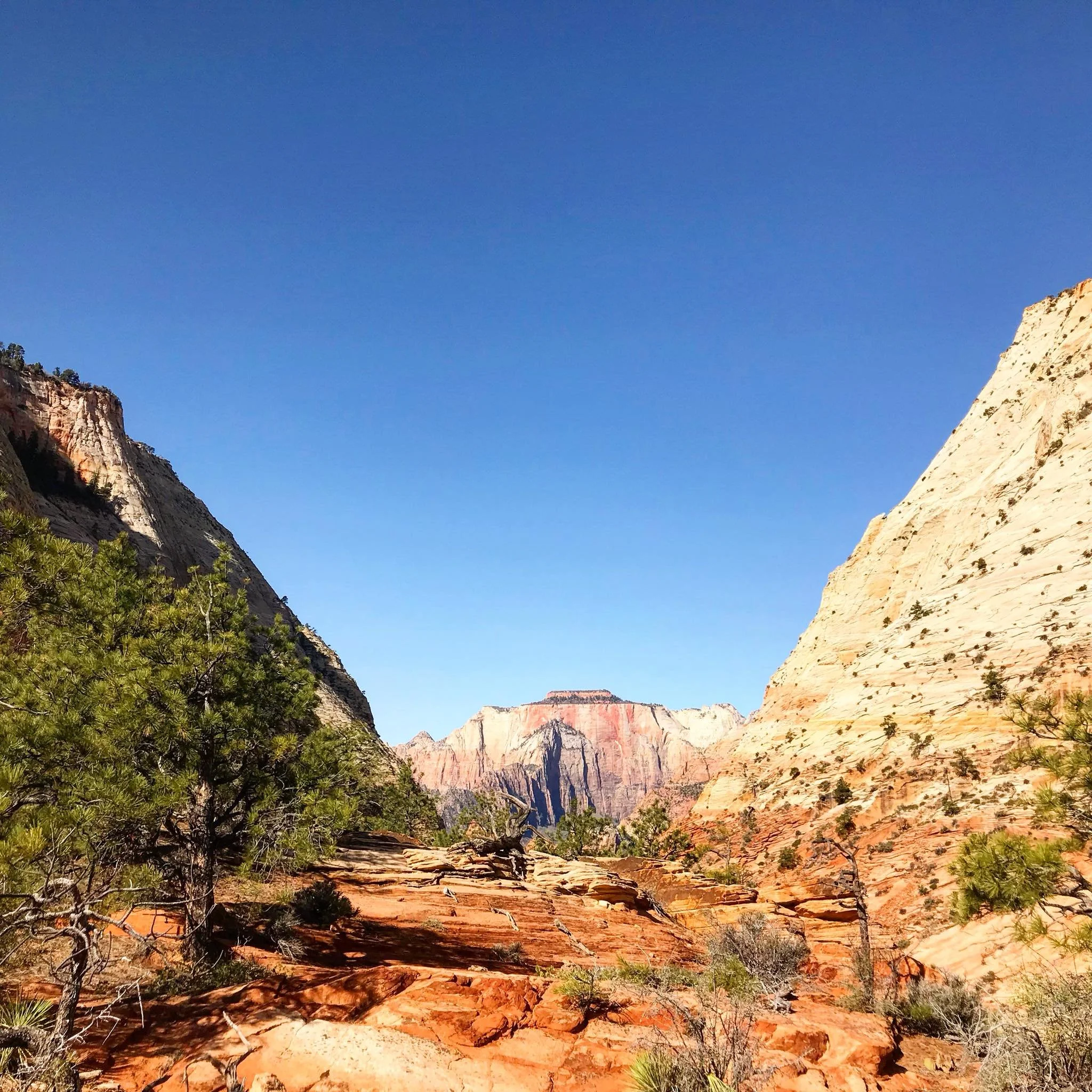The Cultural History of Zion National Park: Honoring Indigenous Traditions
Zion National Park is one of the most popular destinations for outdoor enthusiasts in the United States. The park, located in southwestern Utah, boasts stunning natural beauty, including towering red rock formations and winding canyons. But Zion is more than just a place to hike and take in the scenery. The park also has a rich cultural history, shaped by the indigenous people who have called the region home for thousands of years.
The Native American tribes who have inhabited the area surrounding Zion National Park for centuries include the Southern Paiute, Hopi, Navajo, and Ute peoples. For these groups, the land is more than just a place to live; it is a sacred space that is deeply intertwined with their cultural and spiritual traditions.
One of the most important traditions for many of these tribes is the practice of pilgrimage. For example, the Hopi people have long journeyed to a nearby mesa, now known as Hopi Point, to conduct religious ceremonies and honor their ancestors. Similarly, the Southern Paiute have a spiritual connection to the Zion region, which they call Mukuntuweap, and have used the land for hunting, gathering, and healing for generations.
Unfortunately, the arrival of European settlers in the 19th century brought about significant changes to the area's cultural landscape. Native American populations were decimated by disease, forced off their land, and subjected to government policies that aimed to assimilate them into white American culture.
Ancient Wall
A ruin wall near Zion National Park of a granary.
Despite these challenges, many indigenous people have continued to honor their cultural traditions and connections to the land. In recent years, efforts have been made to recognize and celebrate the rich cultural history of Zion National Park and the surrounding region.
One important step in this direction was the establishment of the Zion National Park Tribal Collaboration Committee in 2011. This committee, made up of representatives from various Native American tribes, works with the park to promote cultural understanding and cooperation.
Another important initiative has been the installation of interpretive exhibits throughout the park, which highlight the history and culture of the indigenous people who have lived in the region. For example, the park's Human History Museum features exhibits on Southern Paiute culture and history.
Additionally, many Native American tribes continue to use the land surrounding Zion National Park for traditional activities like hunting and gathering. The park has worked to establish agreements with these groups to ensure that their rights are respected and that their activities do not harm the park's natural resources.
Honoring the cultural history of Zion National Park is an ongoing process, and there is still much work to be done. However, by working together and recognizing the deep connections between people and the land, we can ensure that this special place remains a source of spiritual and cultural renewal for generations to come.




